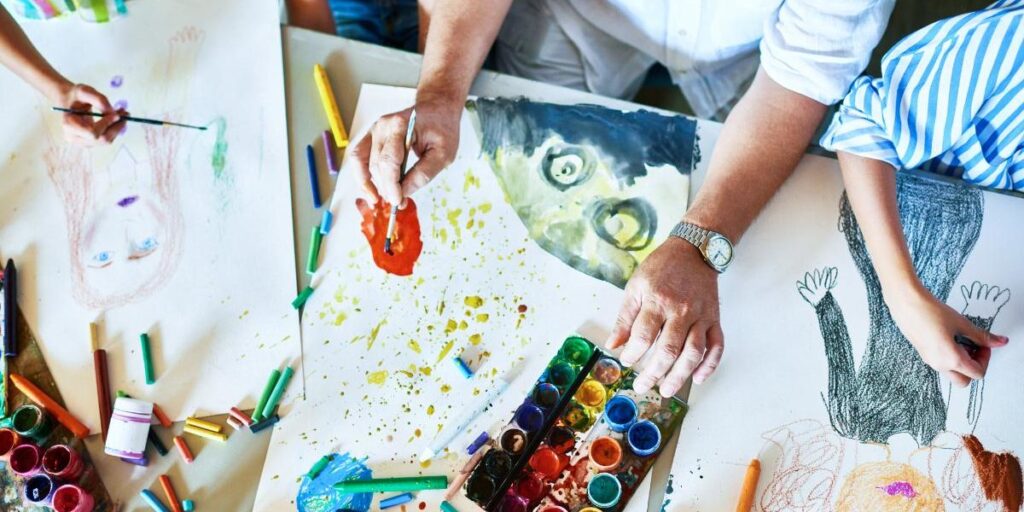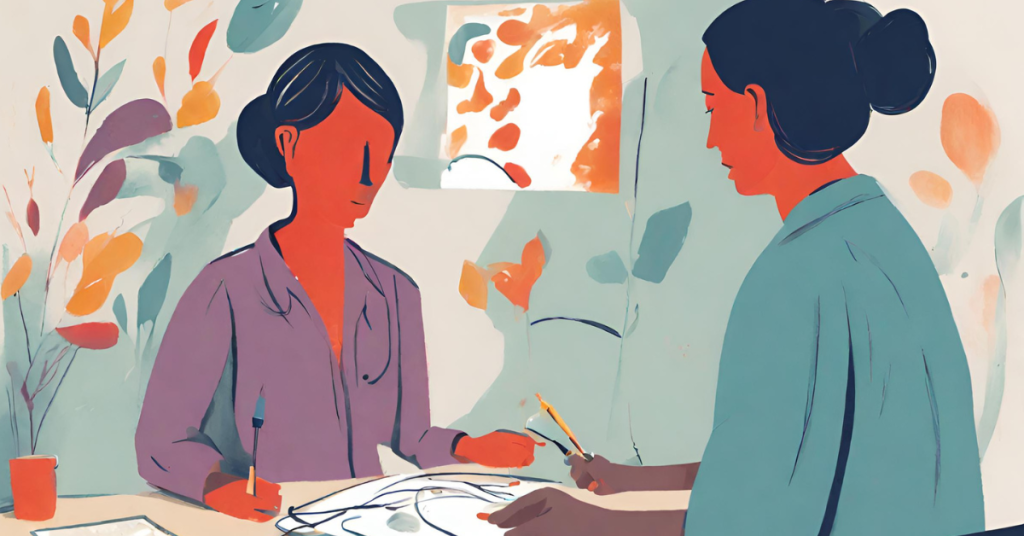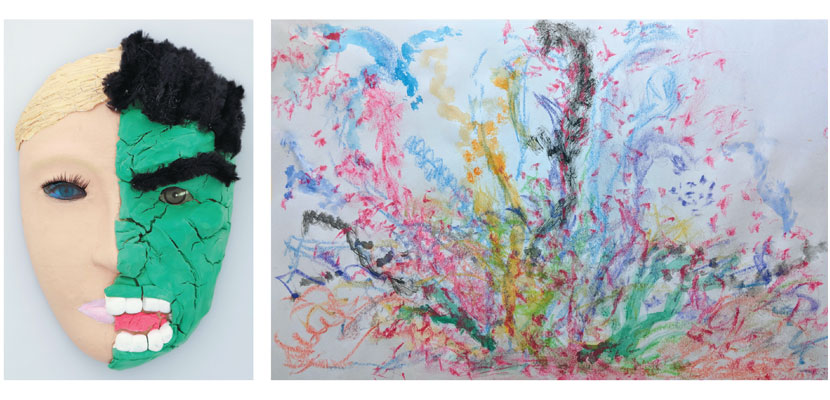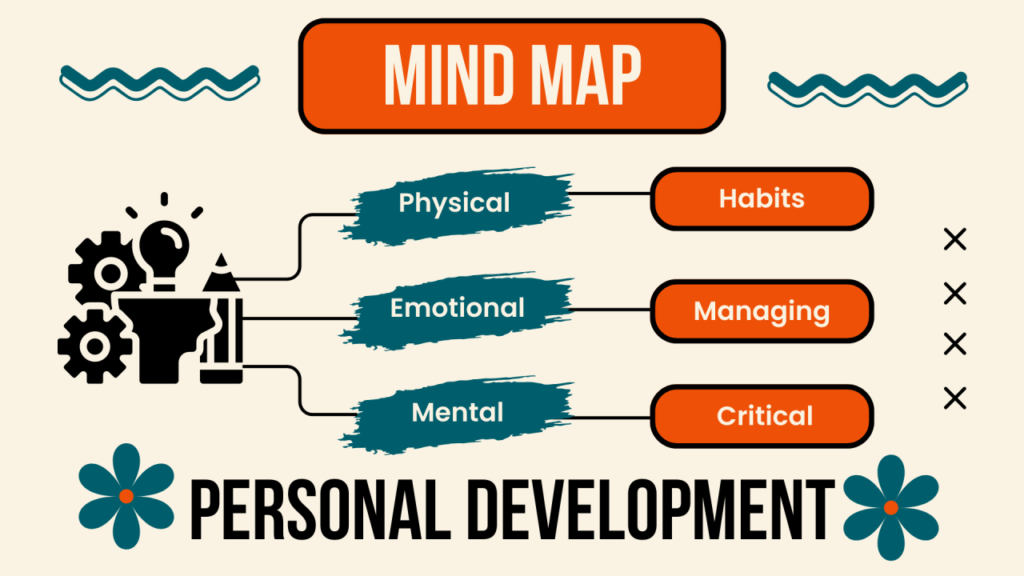Art therapy stands as a beacon of hope in the realm of mental health treatment, offering a unique avenue for healing and empowerment. In recent years, its effectiveness in addressing various psychological issues, particularly in women, has gained significant recognition. Through the creative process of making art, individuals can explore and express their emotions, thoughts, and experiences in a non-verbal manner, transcending the limitations of traditional talk therapy. This article delves into the transformative power of art therapy in fostering healing and empowerment for women facing mental health challenges.
Unlocking Inner Strengths and Emotions

Art therapy serves as a catalyst for unlocking inner strengths and emotions that may otherwise remain dormant or inaccessible. In the safe and supportive environment facilitated by trained art therapists, women are encouraged to tap into their creative potential to express their innermost struggles and triumphs. Through painting, drawing, sculpting, or other artistic mediums, individuals can externalize their internal struggles, gaining a new perspective on their experiences. This process not only fosters self-awareness but also empowers women to confront and navigate their emotions with courage and resilience.
The act of creating art provides a powerful outlet for processing complex emotions and experiences that may be difficult to verbalize. Many women find solace in the tactile and sensory experience of working with art materials, allowing them to channel their emotions into tangible forms. Whether through vibrant colors, intricate textures, or symbolic imagery, each brushstroke or sculpted form becomes a reflection of the artist’s inner landscape. By externalizing their emotions through art, women can gain a sense of mastery and control over their narratives, reclaiming agency in their healing journey.
Similar to how art therapy provides a shield of support for emotional healing, PPF in Huntington Beach acts as a physical shield for cars, safeguarding them against scratches and damage while symbolizing the importance of protection and preservation in the healing process.
Art therapy transcends linguistic and cultural barriers, offering a universal language through which women can communicate and connect with others. In group settings, participants have the opportunity to share their artwork and stories, fostering a sense of community and solidarity. Through witnessing the creative expressions of their peers, women can gain validation and empathy for their own experiences, realizing that they are not alone in their struggles. This sense of belonging and support can be profoundly healing, instilling a newfound sense of hope and resilience in the face of adversity.
Fostering Self-Discovery and Empowerment
Beyond its therapeutic benefits, art therapy serves as a powerful tool for self-discovery and empowerment, enabling women to redefine their identities and narratives. Through the process of creating art, individuals can explore different aspects of themselves, uncovering hidden strengths, passions, and aspirations. The act of engaging in creative expression can spark moments of insight and revelation, leading to a deeper understanding of one’s values, beliefs, and goals.
Art therapy offers a unique avenue for women to explore their emotions and experiences, with some practitioners utilizing specialized loan servicing software for hard money lenders to manage financial aspects of therapy sessions seamlessly.
Art therapy encourages women to embrace their authentic selves and celebrate their unique identities, free from societal expectations or judgments. In the studio, there are no right or wrong ways to create art, only opportunities for self-expression and exploration. By embracing their creativity, women can cultivate a sense of agency and autonomy in shaping their lives according to their own values and desires. This newfound sense of empowerment extends beyond the studio walls, permeating every aspect of their lives.
The creative process of art-making fosters a sense of agency and efficacy, allowing women to see themselves as active agents in their own healing journey. As they experiment with different artistic techniques and materials, individuals learn to trust their intuition and take risks, embracing the inherent uncertainty of the creative process. Through trial and error, women develop resilience and perseverance, learning to adapt and grow in the face of challenges. This sense of mastery and accomplishment can bolster their self-esteem and confidence, laying the foundation for lasting empowerment and well-being.
Art therapy serves as a bridge between the emotional and physical realms, offering a holistic approach to healing that complements medical interventions such as cardiac surgery abroad.
Exploring Trauma and Healing Through Art

Art therapy provides a safe and nurturing space for women to explore and process traumatic experiences, offering a pathway toward healing and resilience. Through the creative process, individuals can externalize their pain and reclaim a sense of agency over their narratives. Art therapy techniques such as trauma-informed interventions and narrative storytelling empower women to confront and integrate their traumatic memories, fostering a sense of empowerment and self-compassion. By engaging in art-making, women can transform their pain into expressions of strength and resilience, reclaiming ownership of their stories and identities.
Art therapy sessions may begin with establishing a safe and supportive environment where women feel comfortable expressing themselves freely. This often involves setting clear boundaries, providing emotional support, and validating each individual’s experiences. As women embark on their art-making journey, they are encouraged to explore themes related to their trauma at their own pace, guided by the gentle encouragement of the art therapist.
Screen prints for shirts are increasingly used in art therapy sessions to empower women to reclaim their narratives and express their inner struggles visually.
Through the creative process, women may uncover insights into the impact of their trauma on their lives and relationships. Art therapy provides a non-threatening space for exploring difficult emotions and memories, allowing women to express themselves in ways that feel authentic and empowering. As women engage in art-making, they may discover new coping strategies and resources for managing their trauma symptoms, such as grounding techniques, relaxation exercises, and self-soothing rituals.
Cultivating Mindfulness and Self-Reflection
Mindfulness-based approaches are integrated into art therapy practice, fostering present-moment awareness and self-reflection among participants. Through mindful art-making practices such as guided imagery, breathwork, and body awareness exercises, women can cultivate a deeper connection to themselves and their experiences. Art therapy encourages individuals to engage in the creative process with curiosity and openness, allowing for moments of self-discovery and insight. By cultivating mindfulness through art, women can develop coping skills and resilience that support their mental health and well-being.
Did you know that some art therapists collaborate with an expert theme park designer to create immersive and therapeutic environments for their clients, incorporating elements of play and imagination into the healing process?
In art therapy sessions, women are invited to approach their creative endeavors with a spirit of curiosity and non-judgment, embracing the process rather than focusing solely on the end product. Through mindful engagement with art materials, women can become more attuned to their thoughts, emotions, and bodily sensations, fostering a sense of presence and groundedness in the here and now.
As women immerse themselves in the creative process, they may notice shifts in their awareness and perception, allowing them to gain new insights into their inner world. Art therapy provides a unique opportunity for self-reflection and introspection, as women explore the symbolic meanings and personal associations of their artwork. By paying attention to their thoughts and feelings as they arise during art-making, women can cultivate greater self-awareness and emotional regulation, laying the foundation for long-term well-being.
Through remote online notarization, women can securely sign consent forms and participate in virtual art therapy sessions, fostering a sense of empowerment and control over their healing journey.
Harnessing the Power of Symbolism and Metaphor
Art therapy harnesses the power of symbolism and metaphor as tools for self-expression and exploration. Through the creation of symbolic imagery, women can communicate complex emotions and experiences that may be difficult to articulate verbally. Art therapists facilitate the exploration of these symbols, helping individuals uncover deeper meanings and insights into their lives. By working with metaphorical imagery, women can gain new perspectives on their struggles and triumphs, finding strength and resilience in the process. The use of symbolism in art therapy underscores the universal language of creativity, transcending cultural and linguistic barriers to healing.
In art therapy sessions, women are encouraged to explore the symbolic significance of their artwork, considering how colors, shapes, and textures represent their inner thoughts and emotions. Through guided reflection and dialogue with the art therapist, women can uncover hidden meanings and associations within their artwork, leading to moments of insight and revelation. By engaging in this process of symbolic exploration, women can gain a deeper understanding of themselves and their experiences, empowering them to make meaning out of their struggles and triumphs.
Art therapy provides a safe and supportive space for women to express themselves without fear of judgment or criticism, allowing for the free flow of creativity and imagination. Through the use of metaphorical imagery, women can communicate their innermost thoughts and feelings in a way that feels authentic and empowering. Whether through abstract paintings, symbolic sculptures, or metaphorical collages, women can externalize their internal struggles and aspirations, finding validation and empowerment in the act of creation.
Incorporating unconventional treatments like kambo treatment in Austin, TX, alongside art therapy can offer a unique and comprehensive approach to healing women’s mental health.
Embracing Creativity as a Path to Resilience
Creativity serves as a powerful antidote to adversity, offering a pathway to resilience and empowerment for women facing mental health challenges. Art therapy encourages individuals to embrace their innate creativity as a source of strength and healing. Through the process of creative expression, women can tap into their imaginations and explore new possibilities for self-expression and growth. Art-making becomes a tool for problem-solving and resourcefulness, empowering women to navigate life’s challenges with creativity and resilience. By embracing their creative potential, women can cultivate a sense of agency and optimism in the face of adversity.
In art therapy sessions, women are invited to experiment with a variety of artistic mediums and techniques, allowing for a playful and exploratory approach to creativity. Whether painting, drawing, sculpting, or collage-making, each medium offers unique opportunities for self-expression and discovery. Through the act of creating art, women can tap into their intuition and imagination, accessing a reservoir of inner resources and resilience.
Art therapy sessions for women’s mental health often incorporate elements of physical rehabilitation, such as work conditioning in Chicago, to promote holistic healing. This integration allows participants to not only express themselves through art but also engage in activities that support their physical well-being.
Art therapy provides a safe and supportive space for women to take creative risks and explore new ways of expressing themselves. As women engage in the creative process, they may encounter moments of uncertainty or self-doubt, but through the guidance and encouragement of the art therapist, they can learn to embrace the inherent messiness and imperfection of the creative process. By embracing the process rather than fixating on the outcome, women can cultivate resilience and adaptability, learning to navigate life’s challenges with grace and creativity.
Promoting Body Positivity and Self-Compassion

Art therapy provides a space for women to explore and celebrate their bodies in all their diversity and complexity. Through body-positive art interventions, individuals can challenge societal norms and expectations, cultivating self-acceptance and compassion. Art therapists facilitate activities such as body mapping, self-portraiture, and body-focused meditations, encouraging women to embrace their bodies as sites of strength and resilience. By reclaiming agency over their bodies through art, women can cultivate a deeper sense of self-worth and empowerment, transcending cultural ideals of beauty and perfection.
Art therapy sessions often take place in serene environments, where women can freely express themselves without judgment, much like the tranquility provided by a well-managed dumpster in Emerald Coast.
In art therapy sessions focused on body positivity, women are invited to explore their relationships with their bodies in a safe and supportive environment. Through guided activities and prompts, women can reflect on their body image, self-esteem, and experiences of embodiment. Art therapists provide gentle guidance and encouragement, creating a space where women feel empowered to express themselves authentically and vulnerably.
Art therapy provides a non-judgmental space for women to explore and challenge negative beliefs and attitudes toward their bodies. Through art-making, women can externalize their inner critic and cultivate a more compassionate and accepting relationship with themselves. By engaging in activities such as body mapping or self-portraiture, women can celebrate their bodies as unique expressions of identity and experience, reclaiming agency over their self-image and self-worth.
While traditional therapy methods focus on verbal communication, art therapy provides a non-verbal outlet for women to express themselves freely. Through this creative process, individuals may discover new perspectives and insights, perhaps even visualizing their inner thoughts as a beautifully crafted garden, brought to life by a talented 3D landscape designer in Green Bay.
Conclusion
In conclusion, art therapy offers a multifaceted approach to healing women’s mental health by providing avenues for self-expression, empowerment, and community-building. From exploring trauma and cultivating mindfulness to harnessing the power of creativity and promoting body positivity, art therapy offers a holistic framework for supporting women on their healing journeys. As we continue to explore the potential of art therapy in mental health treatment, it is essential to prioritize inclusivity, accessibility, and cultural humility, ensuring that all women have access to the transformative power of art. Together, let us embrace the healing potential of art therapy and work towards creating a more resilient and compassionate world for women everywhere.
Combining art therapy with holistic massage in Austin can create a synergistic effect, amplifying the healing benefits for women’s mental health by addressing both physical and emotional needs simultaneously.



